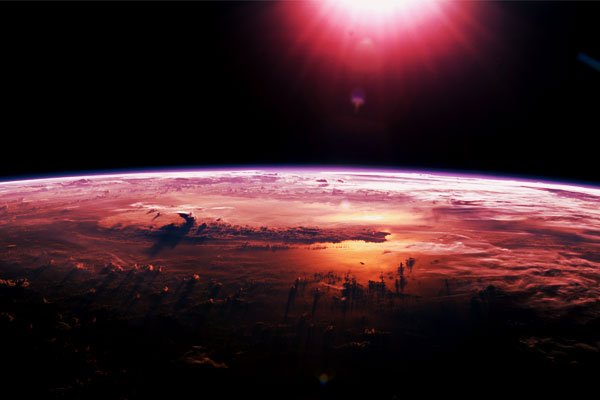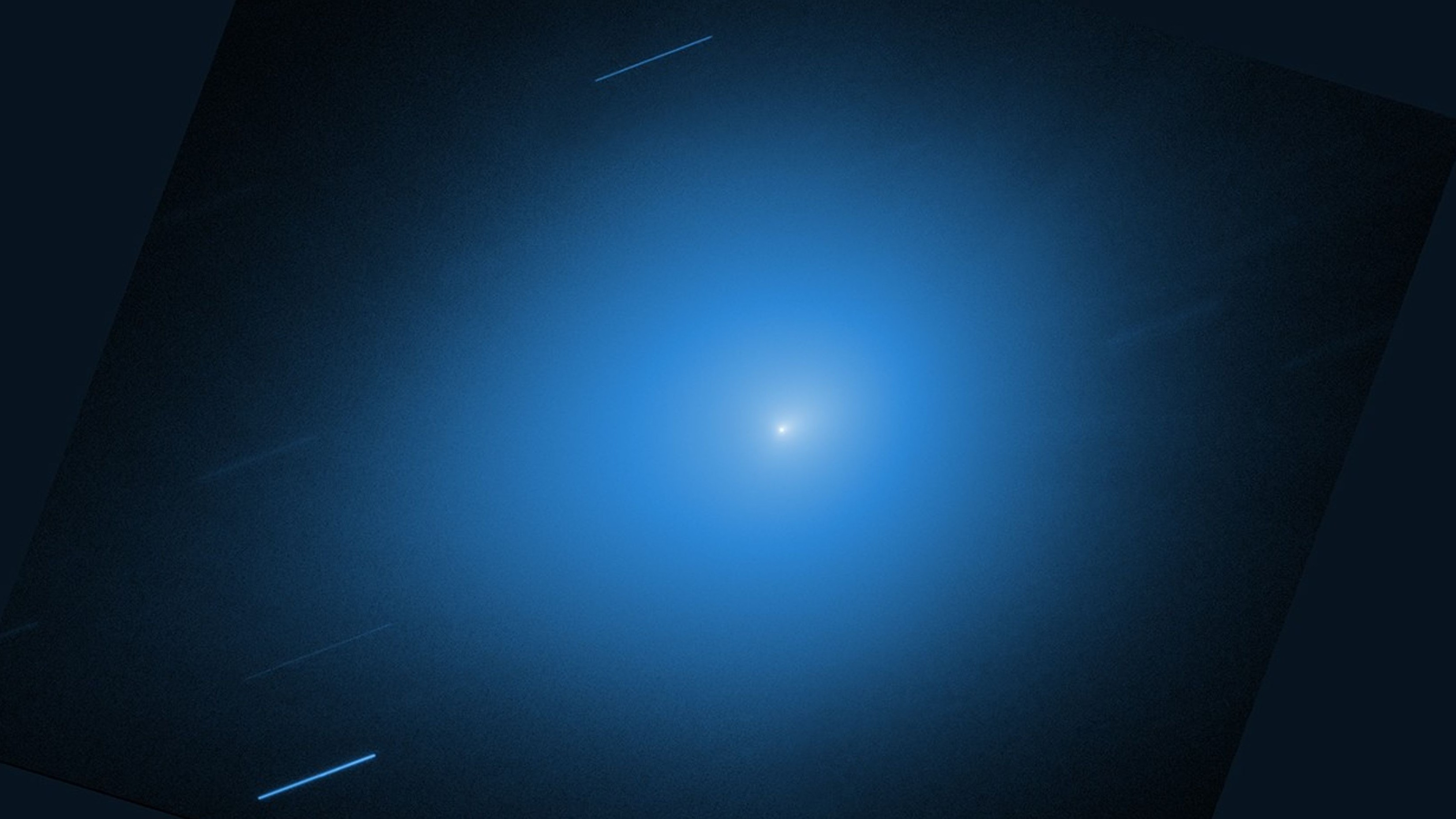What If the Sun Were Half as Big?
During the new DC Comics Universe series "Flashpoint," in which a time-traveling supervillain alters the past to warp the present, Life's Little Mysteries presents a 10-part series that examines what would happen if a major event in the history of the universe had gone just slightly different.
Part 8: What if ... the sun were half as massive?
The sun's temperature, color and diameter are determined by its mass. Bigger stars are hotter and bluer than the whitish-yellow sun, while smaller stars are cooler and redder.
Life would be: Nonexistent, at least as we know it.
Red dwarf stars are reckoned to have a tighter "habitable zone ," the band around a star within which liquid water can flow on a planet's surface. Earth is in our sun's habitable zone, for example; Venus is probably too close, although Mars is right on this band's outer edge.
In the half-mass sun scenario, the habitable zone would shift closer to the star; if the Earth orbited at the same distance, our water would freeze solid. Planets in a Mercury-size orbit, about two-thirds closer than Earth to this hypothetical crimson sun, would be sitting pretty instead.
Just how habitable a red dwarf's habitable zone might be is debatable. Smaller stars produce more frequent blasts of radiation called flares, which would bombard close-in planets. These worlds might also become tidally locked to the sun — as our moon is to Earth — and constantly present one hot hemisphere to the star, with the other permanently dark.
Get the world’s most fascinating discoveries delivered straight to your inbox.
But if life did find a way, plants, for example, would probably look black to our eyes, soaking up as much light as possible from their dim red star to power photosynthesis, Neil Comins, a professor of physics at the University of Maine, told Life's Little Mysteries. Most Earthly plants reflect, and thereby forego, a significant portion of green light.
Previously: What would life be like if Earth were twice as big ?
Next: What would life be like if our solar system formed elsewhere in the universe?
- Why Do Stars Twinkle?
- Did the Universe Begin as a Simple 1-D Line?
- Star Gliese 581's Habitable Zone Explained
Head to Newsarama.com for complete Flashpoint coverage.




